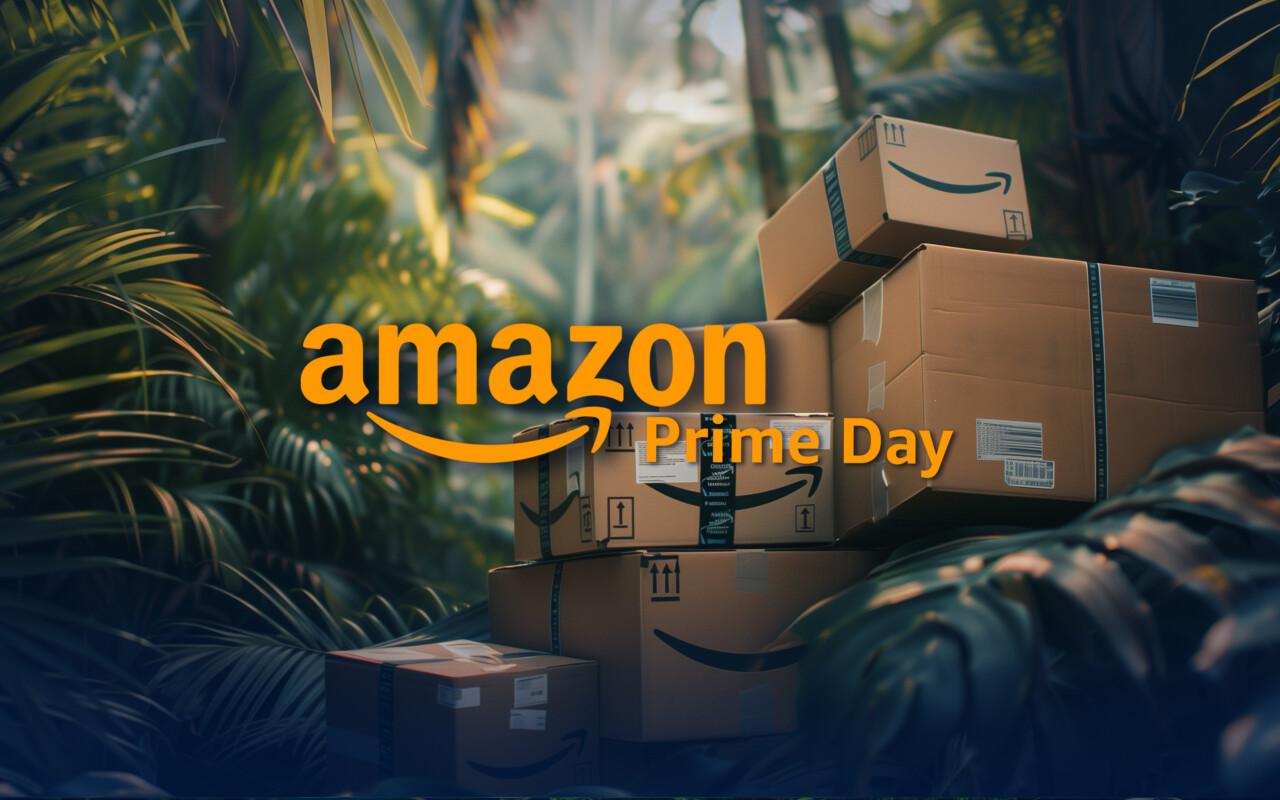In digital marketing, a conversion is a targeted event that a visitor completes either on a website or in an online store. It can be anything from clicking on an ad to placing an e-commerce order. Conversion is measured by conversion rate. It is calculated by dividing the number of conversions during the review period by the total number of ad interactions that resulted in a conversion, such as clicks. For example, if your ad generates 30 conversions out of 1000 ad clicks, your conversion rate is 3%.
Traditional e-commerce relies on external advertising
In traditional e-commerce, traffic is typically generated by directing visitors to your site from external sources. The user of a particular site or service is “disturbed” by ads, and their browsing is interrupted by an advertising banner. An example of external marketing is Facebook advertising, where ads are displayed to users with entirely different intentions than online shopping. A good, distinctive ad gets clicks, but they don’t always lead to sales.
In traditional e-commerce, the conversion rate is about 1–3%. If the brand is new, it may take a considerable time before the product gets organic sales. External advertising usually cannot be interrupted without a significant drop in sales.
Amazon sales leverage internal advertising campaigns
At Amazon, sales are primarily based on Amazon’s internal advertising campaigns. Customers can also utilize the above-mentioned external marketing. Each unit sold raises the product’s ranking on Amazon’s keyword-specific search pages. How quickly a listing rises in a keyword’s ranking depends on the product’s relevance to the keyword’s customer needs. Keywords with a lower search volume may also rise in the rankings more easily than keywords with a high search volume because they don’t require as much sales volume.
The advantages of Amazon over traditional e-commerce are:
- A new product often starts to get organic sales within 1-2 weeks of the launch phase.
- Most sales can come organically if a product is competitive with comparisons in the same product category. In this case, there’s no need to spend money on advertising.
- Amazon’s average conversion rate is 10-15%!
In particular, the third item on the list may raise doubts if Amazon is unfamiliar. However, YAP has experience selling several Amazon products with an average of 15–30% conversion. This figure doesn’t include Christmas sales when the conversion is even higher. Product category and price also affect conversion. Products under € 50 are often impulse purchases. As the price rises higher, customers make more comparisons and the reflection period is longer. The same goes for traditional e-commerce.
Why is Amazon’s conversion superior to traditional e-commerce?
- People come to Amazon to buy. Amazon is often compared to retail chain Wal-Mart. How often have you left Prisma empty-handed or gone to Wal-Mart without any intention to buy?
- Amazon also places high-conversion listings higher in search results. The conversion is higher when the product listing is targeted to a relevant and customer-relevant keyword. Any product published on Amazon will not automatically achieve a good conversion. Based on keyword and competitor analysis, you can see what kind of product is likely to convert well.
- At Amazon, about 70% of purchases are made from the first page. The customer doesn’t click through all the keyword pages, but mainly only the first page. If there are different products on the front page, the customer won’t even click through all the listings on the first page. The main image, price, and title affect which listings a customer looks at in more detail.
Want to test the Amazon sales potential of your products? Contact us, and we’ll analyze the potential without shipping any products to Amazon’s warehouse.


